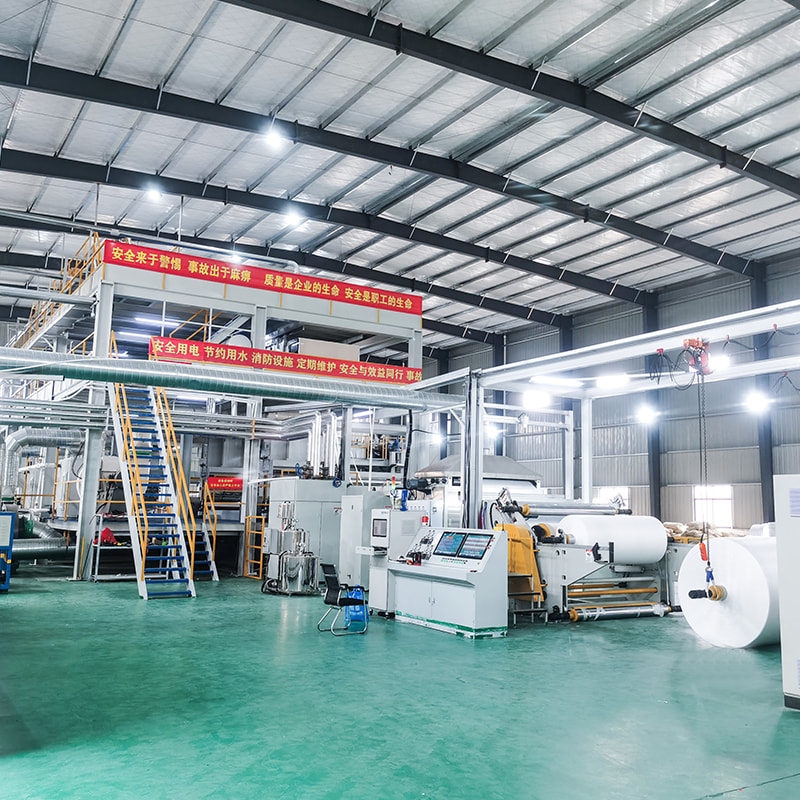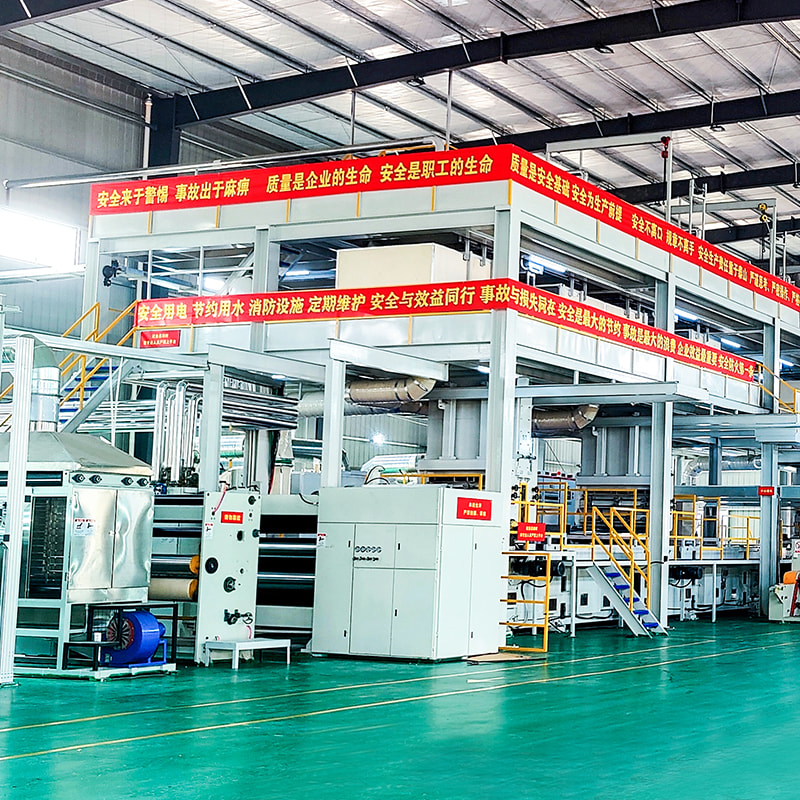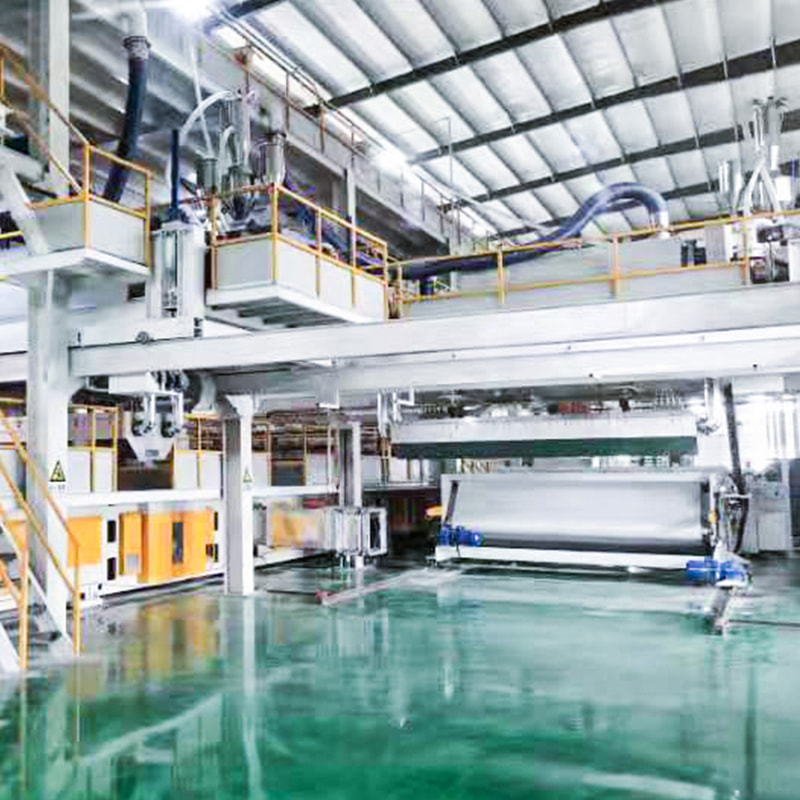How Melt-Blown Nonwoven Machines Achieve Ultra-Fine Fiber Diameter with Precision and Stability
In the world of nonwoven manufacturing, one of the most defining features of high-performance melt-blown fabric is the ultra-fine fiber diameter, typically ranging between 1.6 to 4 microns. Achieving this level of precision is not just a matter of using high-quality raw materials, but more importantly, it depends on the engineering design and fine-tuned performance of the melt blown nonwoven machine itself. From die configuration to air handling systems, every part of the equipment plays a critical role in determining fiber size, uniformity, and web formation consistency.
The core of the fiber formation process lies in the die head, where molten polypropylene is extruded through hundreds of tiny capillaries. These are not randomly configured; their diameter, spacing, and alignment directly affect how fine the filaments will be. To create microfibers in the 1.6–4μm range, the melt-blown machine must maintain highly stable melt flow and apply carefully controlled high-velocity hot air that stretches the polymer stream immediately after extrusion. Any deviation in temperature, air velocity, or melt pressure can result in inconsistent filament diameter or even breakage, which affects filtration and tensile properties.
Another essential aspect is the precision of temperature control along the extrusion and die zones. Polypropylene with high melt flow index (typically between 800–1600 MFI) reacts quickly to thermal changes, and maintaining a narrow thermal window is vital. Advanced melt blown nonwoven machines utilize multi-zone PID controllers and real-time sensors to ensure that both the polymer melt and hot air are regulated within ±1°C tolerance. This kind of stability is not just a technical boast—it translates directly into higher product quality, reduced waste, and more consistent downstream performance, especially in filtration applications.

Air knife design is also critical. To stretch the polymer into ultra-fine fibers, the air must be delivered in a high-speed, laminar stream with evenly distributed pressure across the width of the web. Leading machine designs feature precision-machined nozzles and optimized airflow channels that minimize turbulence and back pressure. The synchronization between the polymer throughput and air volume ensures that the filaments are neither under-stretched nor broken, resulting in a tight diameter distribution—a key requirement for high-end melt-blown fabric used in medical and industrial filtration.
On top of the hardware, automation and closed-loop control systems contribute heavily to achieving stable micron-level fiber production. Modern meltblown machines are integrated with monitoring systems that track fiber formation in real time using optical or laser sensors. When irregularities in diameter are detected, the system can auto-adjust process parameters like die temperature or air pressure. This capability not only ensures repeatable quality but also lowers downtime, a feature many buyers find especially attractive when evaluating equipment for continuous production needs.
For businesses looking to enter or scale in the nonwoven industry, selecting a well-engineered melt blown nonwoven machine with this level of control and reliability can be the difference between hitting premium filtration specs or missing them altogether. As a manufacturer with real production insight, we know that performance at the micron scale is not just about specs on paper—it's about consistency, process control, and engineering that works day in and day out.







 English
English 中文简体
中文简体 русский
русский عربى
عربى





